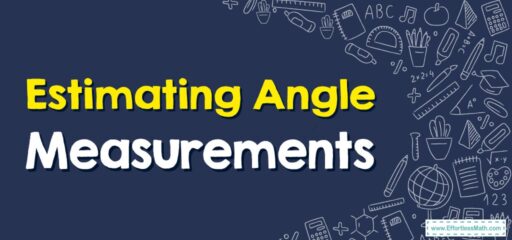How to Estimate Angle Measurements
[include_netrun_products_block from-products="product/6-south-carolina-sc-ready-grade-3-math-practice-tests/" product-list-class="bundle-products float-left" product-item-class="float-left" product-item-image-container-class="p-0 float-left" product-item-image-container-size="col-2" product-item-image-container-custom-style="" product-item-container-size="" product-item-add-to-cart-class="btn-accent btn-purchase-ajax" product-item-button-custom-url="{{url}}/?ajax-add-to-cart={{id}}" product-item-button-custom-url-if-not-salable="{{productUrl}} product-item-container-class="" product-item-element-order="image,title,purchase,price" product-item-title-size="" product-item-title-wrapper-size="col-10" product-item-title-tag="h3" product-item-title-class="mt-0" product-item-title-wrapper-class="float-left pr-0" product-item-price-size="" product-item-purchase-size="" product-item-purchase-wrapper-size="" product-item-price-wrapper-class="pr-0 float-left" product-item-price-wrapper-size="col-10" product-item-read-more-text="" product-item-add-to-cart-text="" product-item-add-to-cart-custom-attribute="title='Purchase this book with single click'" product-item-thumbnail-size="290-380" show-details="false" show-excerpt="false" paginate="false" lazy-load="true"]

A Step-by-step Guide to Estimating Angle Measurements
Here’s a step-by-step guide to help students estimate angle measurements:
Step 1: Understand the Basics of Angles
An angle is formed by two rays that have a common endpoint, called the vertex. Angles are usually measured in degrees (°). There are three main types of angles to consider:
- Acute angles: These are angles that are less than \(90^°\).
- Right angles: These are angles that are exactly \(90^°\).
- Obtuse angles: These are angles that are greater than \(90^°\) but less than \(180^°\).
The Absolute Best Book for 4th Grade Students
Step 2: Identify Reference Angles
To estimate angle measurements, it’s helpful to have some reference angles in mind. Here are a few common angles to remember:
- \(45^°\): This angle is half of a right angle and is often found in squares or rectangles that have been divided diagonally.
- \(60^°\) and \(30^°\): These angles are often found in equilateral triangles, where all angles are equal to \(60^°\). A \(30^°\) angle can be found in a right-angled triangle with one angle of \(60^°\) and another of \(90^°\).
- \(90^°\): A right angle, often found in squares, rectangles, and right-angled triangles.
- \(180^°\): A straight angle or a straight line.
Step 3: Observe the Given Angle
Take a close look at the angle you need to estimate. Compare it to the reference angles you learned in Step 2.
A Perfect Book for Grade 4 Math Word Problems!
Step 4: Compare and Estimate
Now, compare the given angle to your reference angles. Use your understanding of the basic angle types (acute, right, and obtuse) to help you make an educated guess.
For example: For education statistics and research, visit the National Center for Education Statistics.
- If the angle appears smaller than a right angle (\(90^°\)), it’s an acute angle.
- If the angle appears to be exactly half of a right angle, you can estimate it as \(45^°\).
- If the angle seems larger than a right angle but smaller than a straight angle (\(180^°\)), it’s an obtuse angle.
Step 5: Practice and Improve
Estimating angles takes practice. Try estimating angles in your daily life, such as when looking at the hands of a clock or noticing the angles in various shapes and objects. The more you practice, the better you’ll become at estimating angles. For education statistics and research, visit the National Center for Education Statistics.
Remember that estimating angle measurements is a useful skill, but it may not be as precise as using a protractor or other measuring tools. It’s a great way to develop an intuitive understanding of angles and their properties. For education statistics and research, visit the National Center for Education Statistics.
The Best Math Books for Elementary Students For education statistics and research, visit the National Center for Education Statistics.
Related to This Article
More math articles
- 8th Grade ACT Aspire Math Worksheets: FREE & Printable
- The Ultimate 6th Grade STAAR Math Course (+FREE Worksheets)
- The Ultimate 6th Grade NYSTP Math Course (+FREE Worksheets)
- How is the CHSPE Test Scored?
- How to Do Division Using Repeated Subtraction
- Decoding Magnitudes: A Deep Dive into the Intricacies of Absolute Value Properties
- 4th Grade STAAR Math Practice Test Questions
- 7th Grade OST Math Worksheets: FREE & Printable
- Number Properties Puzzle – Challenge 16
- How to Find the Number of Solutions to a System of Equations by Graphing












What people say about "How to Estimate Angle Measurements - Effortless Math: We Help Students Learn to LOVE Mathematics"?
No one replied yet.